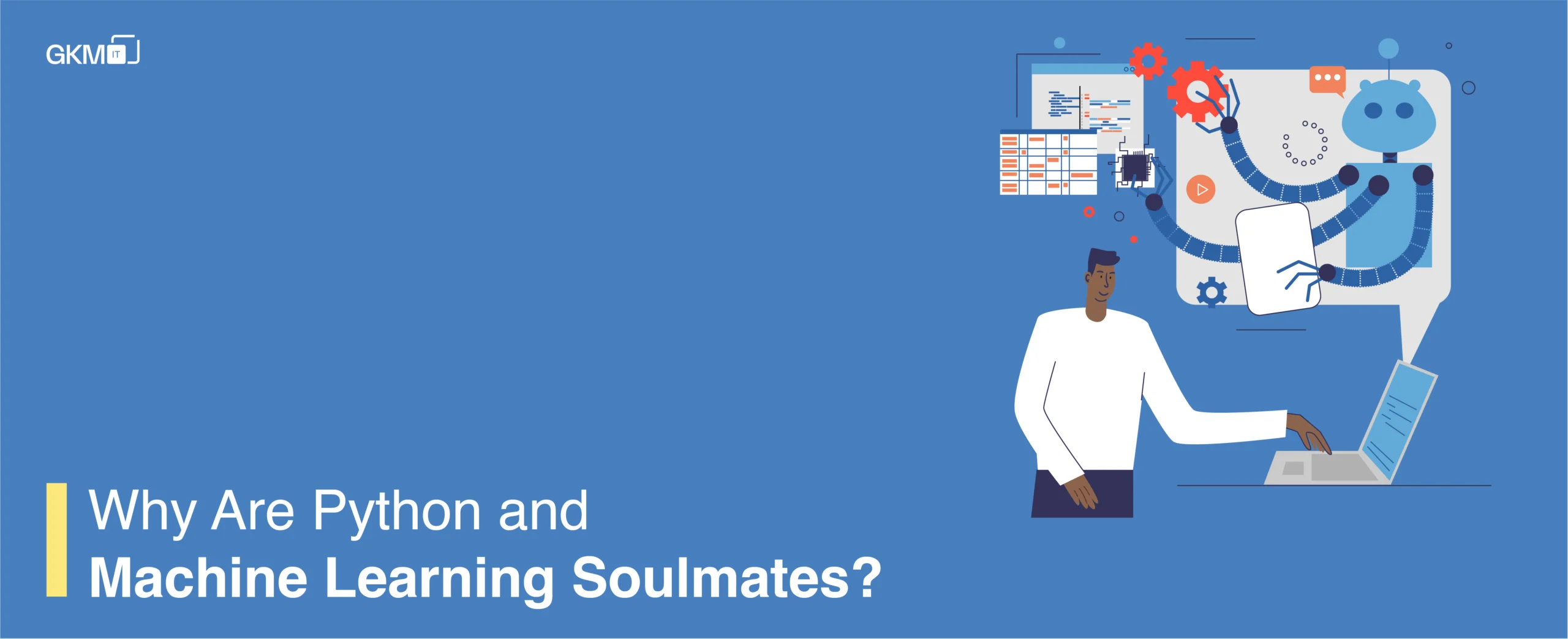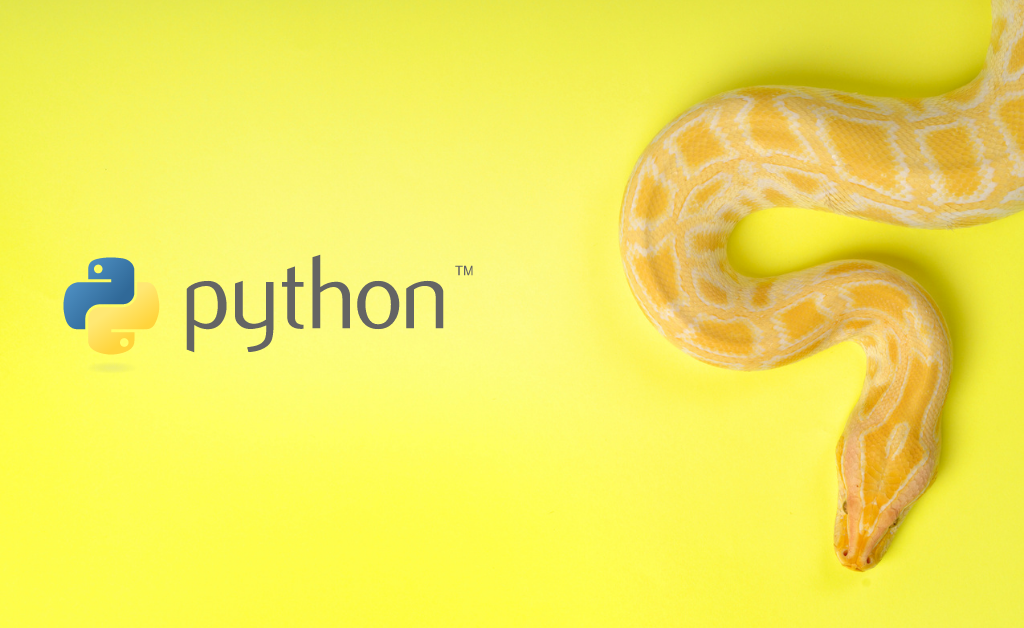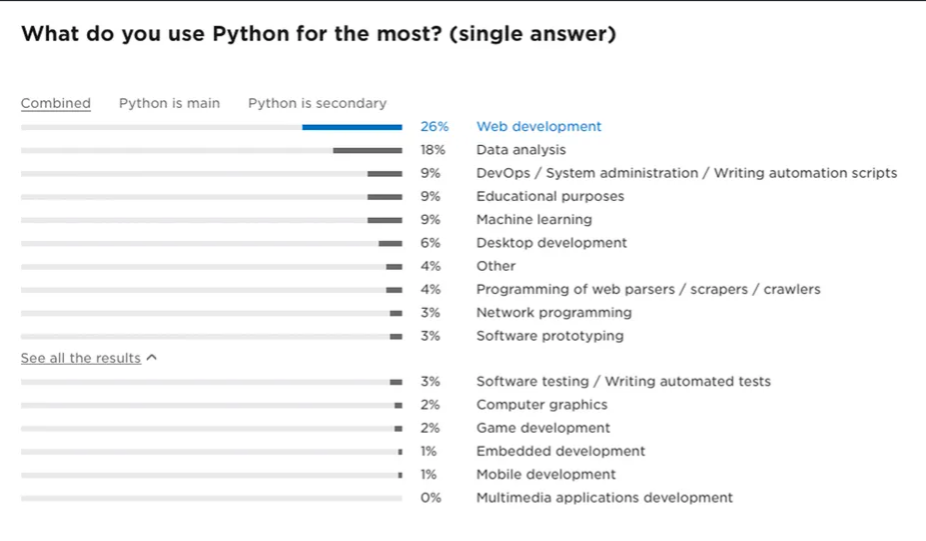
Why are Python and Machine Learning Soulmates?
Guido van Rossum (creator of Python programming language)- If you decide to design your own language, there are thousands of sort of amateur language designer pitfalls.
Python is known as the best programming language for machine learning. However, a lot of newbies don’t know about this. This article will explain how Python is best for machine learning.
The topic revolves around two main themes, and it will be fair to explain each individually before getting to the main points.
#Python programming language

Python is an interpreted, object-oriented, high-level programming language with dynamic semantics. Its high-level built-in data structure combined with dynamic typing and binding make it appealing for Rapid Application Development. It is used for scripting and glue language to connect to existing components.
In more straightforward terms, Python is a high-level programming language designed to ease the use, understand, implement and thus make it a favourite for beginners. Read more about Python here.
#Machine Learning

Machine Learning is the study of computer algorithms that improve through experience and use of data. In simple terms, as per IBM – Machine Learning is a branch of artificial intelligence and computer science that focuses on the use of data and algorithms to imitate the way that humans learn, gradually improve its accuracy.
Machine Learning is the art of making more innovative machines and learning about the particular environment by adopting the patterns. This is done by feeding data about a thing and using algorithms to help make sense of the data.
We have got background about our subject theme from the above points now let’s look at the central issue.
#Python for Machine Learning – facts about the use
-
Simple and consistent
The Machine Learning world is a web of complex algorithms and versatile workflows. Still, Python makes code readable and concise and helps machine learning developers focus on creative problem solving rather than just figuring out complexity. Python is said to be an intuitive language and thus sounds appealing to machine learning developers to adopt it while building complex models.
-
Extensive library ecosystem
Machine Learning model building is quite tricky and complex. To make the creation of machine learning models accessible and to reduce complexity, open-source libraries are built. Software libraries are pre-written codes and are used to solve everyday problems. Before accessing library, you need to understand the everyday struggle and life of a developer. Sometimes, a developer writes a ubiquitous code that he can re-use in other models, so re-writing makes no sense. In simple words, software libraries are pieces of code platforms that are constantly used in developing software. A developer decides to write and compile in a package and distribute it in the name of pandas. The popularity of Python among Machine Learning engineers is high due to the availablity of code written in the same language in software libraries. Here are the examples of libraries;
- Pandas: Works for data analysis.
- Keras: Results in building deep learning models.
- matplotlib: Works for data visualisation.
- Numpy: Works for constructing and manipulating arrays.
- Sklearn: For building Machine Learning Models.
- Tensorflow: Works best for building Neural Networks.
The list of libraries is endless.
-
Platform independence
It is the ability of programming language to permit developers to run the same code on different machines like Linux, Windows, and macOS. Learn CSS
if you think platform independence is not a big issue. For a most common operating system, python code comes in handy in creating standalone executable programs. It shows python software can easily be distributed and used on operating systems without a python interpreter up and running on the system. Companies and data scientists use a powerful Graphics Processing Unit (GPUs) to train ML models. PYTHON BEING PLATFORM-INDEPENDENT MAKES TRAINING A LOT CHEAPER AND EASIER.
-
Vibrant active community
According to a developer survey by StackOverflow, Python comes among the top 5 most popular languages among the 700 programming languages. As per the survey, 26% of all python developers use Python as a web development language, and thus 26% of the Python community is made up of web developers. Machine Learning and data analytics comes in second with a 27% combination, and this is how the Python Machine learning community is humongous. A developer can get help quickly if stuck. Below is the StackOverflow developer survey picture

We have discussed some major points highlighting why Python is popular and most commonly used for machine learning. You might be wondering there must be alternative languages through which machine learning coding works. So here we have discussed a few.
#Other languages used for Machine Learning
Even though Python is the go-to language for Machine Learning, the field of AI and ML is still growing, and so is the prospects for growth in languages. There are still other alternatives which we should discuss here.
#R
R comes in handy when you need to manipulate and analyse data for statistical purposes. It has packages such as Models, Class, Tm, and RODBC, commonly used for building machine learning projects. These packages allow developers to implement machine learning algorithms without the extra hassle and quickly implement business logic. The language R was developed to meet statisticians need. This gives in-depth statistical analysis about handling data from IoT devices and analysing financial models.
#Scala
When it comes to big data, Scala proves invaluable. It offers an array of tools like the saddle, scala-lab, and Breeze to data scientists. It has great concurrency support and helps process a large amount of data. Since it runs on JVM, it goes beyond the limit with Hadoop, open-source storage of big data applications in brunched systems. Scala is highly maintainable despite fewer machine learning tools provided by Python or R.
#Julia
You will consider Julia if you are willing to build a solution for high-performance computing. Julia has a similar syntax to Python, and this language was developed to handle numerical computing tasks. Through TensorFlow.jl and Mocha framework, Julia supports deep learning. However, many libraries do not support this language yet have a strong community like Python.
#Java

Java is object-oriented, portable, maintainable and transparent. Various libraries such as WEKA and Rapidminer supports this language. When it comes to natural language processing, neural networks and algorithms, Java is quite popular. Quickly build large-scale systems with excellent performance using Java. But if you are planning to work on statistical modelling and visualisation, then Java is the last language to use. On the other hand, Python carries advanced tools and is very well supported by the community.
Wrapping up-
The language you use in machine learning and programming does not matter, as programming languages are nothing but tools and frameworks. Experts say it is safe to use proven tools for building models. What would you choose? A machete over a chain saw while trying to cut wood!! Obviously, you will pick the fast and source effective method. Let us know your views in the comment section.